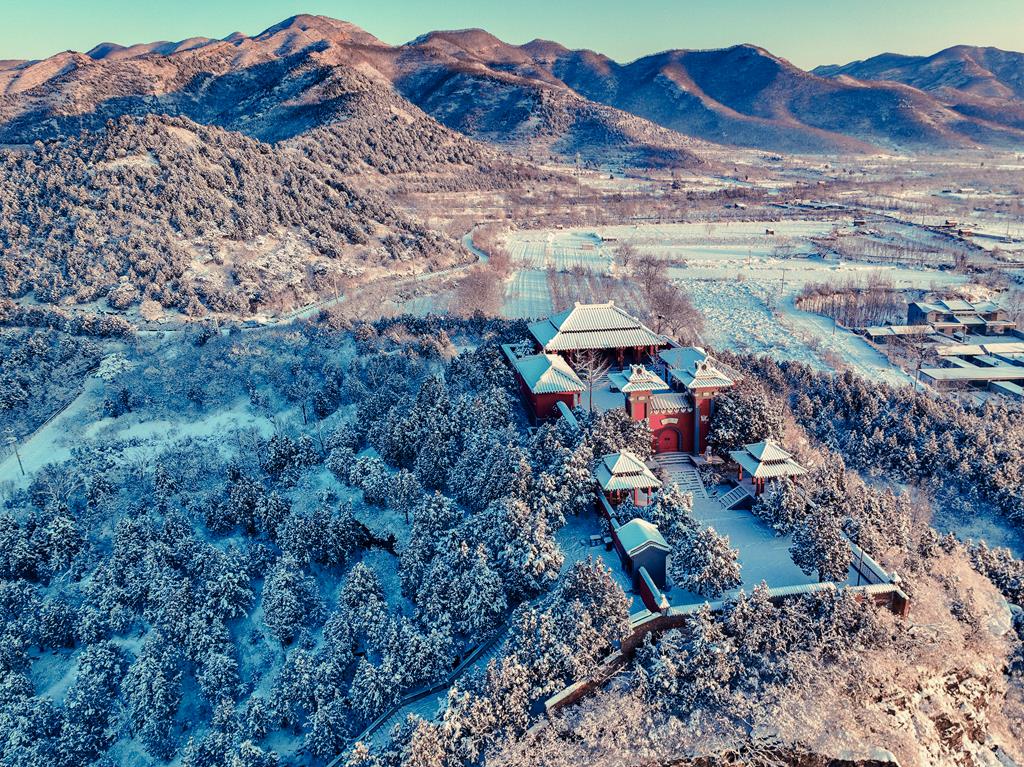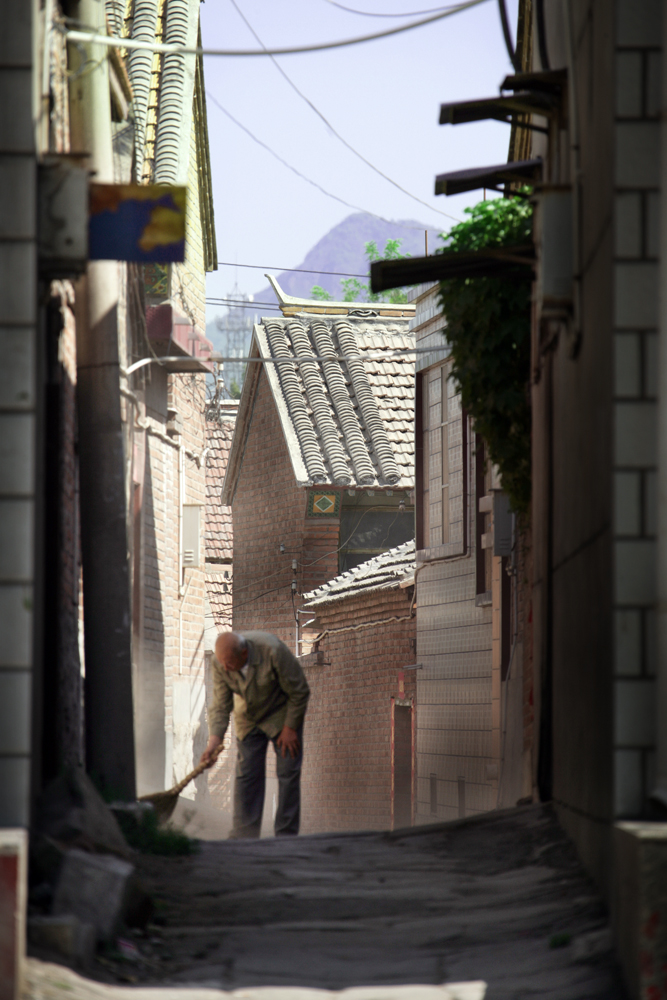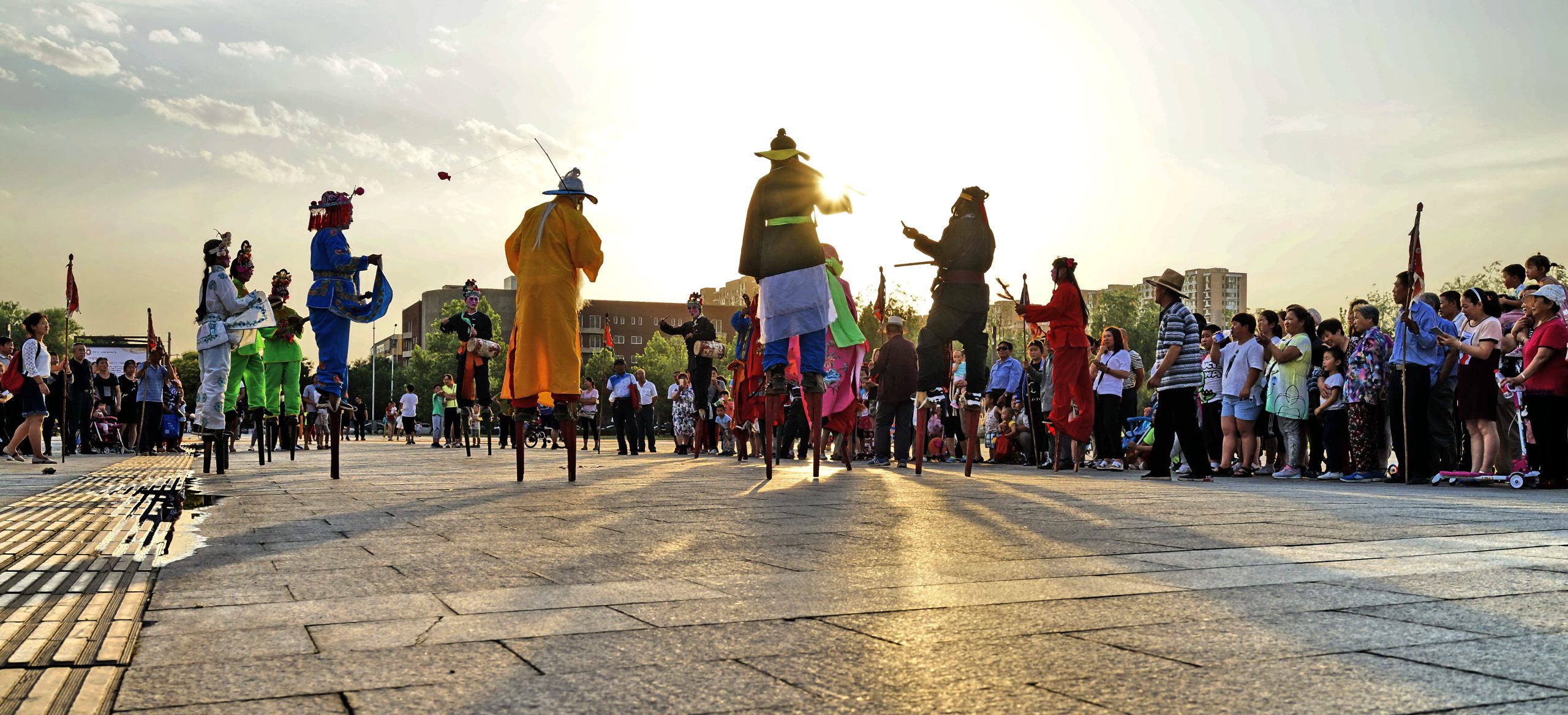The legend of Xuanyuan Huangdi in Pinggu, the legend of Renyi Hutong, and the stilt yangko in Beixinzhuang Village.
Legend of Xuanyuan Huangdi
Representative projects of municipal intangible cultural heritage

The legend of Xuanyuan Huangdi is a legend about Xuanyuan Huangdi, the "ancestor of humanity" in China, which is widely spread in Pinggu area based on the tomb hill of Shandong Zhuang village in Shandong Zhuang town and its nearby Xuanyuan Temple. Typical legends include The Legend of Hanquan War and The Story of the Dragon Lying.
The legend of the Yellow Emperor in Xuanyuan is not only a long and rich witness in Beijing, but also expresses the memory and reverence of the descendants of the Yellow Emperor for their ancestors.
Renyi Hutong Legend
Representative projects of municipal intangible cultural heritage

The legend of Renyi Hutong is based on Renyi Hutong in Heping Street Village, Pinggu Town, Pinggu District. The story originated in the Ming Dynasty, when the Jin family and Ni family separated by a wall had a dispute because of the collapse of the courtyard wall after the rain. In the end, each family gave way to a wall to form a five-foot wide alley, which provided convenience for pedestrians.
The spirit of humility and comity contained in the legend of Renyi Hutong has been widely circulated among the people and has influenced it to this day.
Beixinzhuang village stilt yangko
Representative projects of municipal intangible cultural heritage

The stilt yangko in Beixinzhuang Village is a folk flower show in Beixinzhuang Village, Wangxinzhuang Town, Pinggu District. It was founded in the late Qing Dynasty and the early Republic of China, and it is an art form that combines traditional dances and folk songs in northern rural areas. Twelve stilt performers play different roles, hold different props, and perform different dance moves because of their different characters. The folk name is "Twelve demon fairy", which shows the life of Yu Qiao.
The stilt yangko music in Beixinzhuang village has some Buddhist music rhythms in the local yangko tunes, which has the characteristics of ancient style and rhyme. His representative works include heavenly god blesses the people and Five Ha Ha.